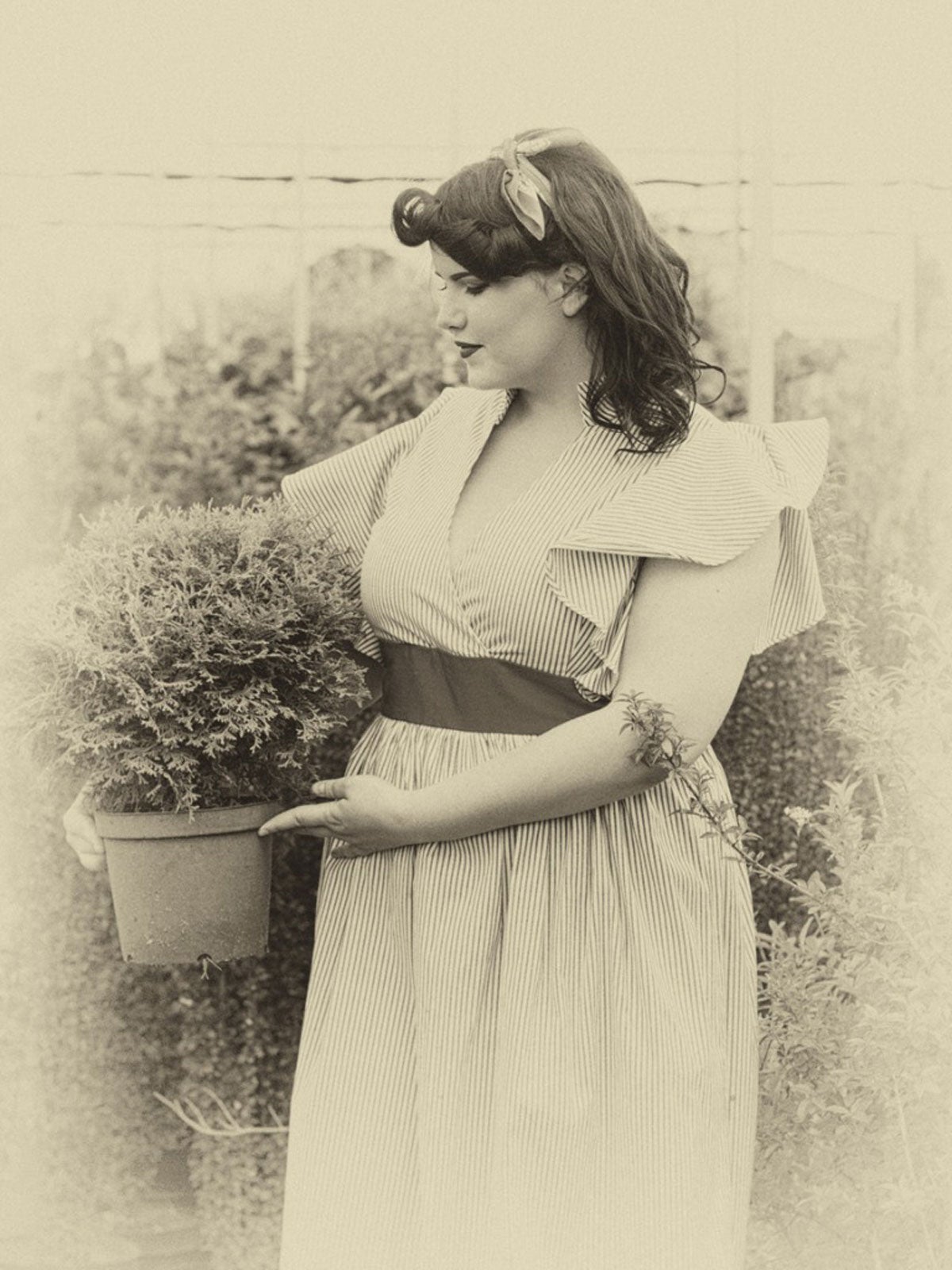Old Gardening Advice: Garden Tips From The Past


Growing today’s garden is a handy and healthful way to add fresh fruits and veggies to the menu. Sometimes, a robust crop can help fill the freezer as well. So how do you ensure vigorous growth of your crops? While there are lots of new tips, technology, and products you can use to help promote the best garden growth, sometimes old gardening advice comes in handy too. Old-fashioned gardening tips, like that from grandma’s day, may offer just what you need to learn.
Grandparents’ Gardening Tips and Tricks
Some of those tips follow, including those from my grandparent’s generation and beyond. Perhaps, they will answer some of the questions you might have or even some tried and true tips and methods that have withstood time.
Supporting Bean Plants
Growing beans along a sunflower stem planted in the same hill can offer attractive and sturdy supports for climbing crops. Garden tips from the past say sunflower plants are more stable than even the traditional beanpole. Corn stalks too can support beans and peas, as advised by gardeners from my grandparents’ generation.
One farmer’s advice from way back (circa 1888) was well pleased with using sunflowers as bean supports. He said it was a money saving way to trellis both the second crops of beans and peas. Unfortunately, the sunflowers don’t mature early enough to support the first crops.
Growing Potatoes like Grandpa
Growing potatoes is simple, or so we hear. However, a few old tips on heavily amending the soil might help us grow a more productive crop. Those who have grown potatoes in years passed advise getting started with amendments the year before planting. In fall, ridge up the soil where they’ll grow next year, then plant them in March.
Old-time gardeners advise regular amendment of the soil before putting in the potato crop. You might work in compost in autumn, followed by the addition of manure a few weeks before you plant. Rake over the potato bed in late winter and decide if its manure will benefit the new crop. You’ll find that you often learn by appearance what the soil might need in your landscape. Remember to rake again before planting.
Plant potatoes in shallow trenches. Make the trenches about 2 feet (61 cm.) apart and 6 to 7 inches (15-18 cm.) deep. Plant sprouted tubers about a foot apart (31 cm.), then cover with fine, raked soil. When stems reach 4 inches (10 cm.) above ground, add more soil. You may consider a ventilation hole about 6 inches (15 cm.) deep above the growing spuds, covering it with straw, according to long-term gardeners.
Sign up for the Gardening Know How newsletter today and receive a free copy of our e-book "How to Grow Delicious Tomatoes".
Pruning Fruit for Best Growth
Past gardeners suggest pruning during the winter for gooseberries, black currants, and raspberry canes. Remove wild growth that is out of control, bringing the plant back to a compact form. Cut old raspberry canes to the ground, leaving four or five new sprouts for next year.
Prune young fruit trees in winter. Even if you lose part of the crop at first, they will produce more in later years.
These are just a sampling of old-time gardening advice. If you’ve ever sat down with your grandparents and talked about gardening back in the day, you’re certain to hear far more.

Becca Badgett was a regular contributor to Gardening Know How for ten years. Co-author of the book How to Grow an EMERGENCY Garden, Becca specializes in succulent and cactus gardening.